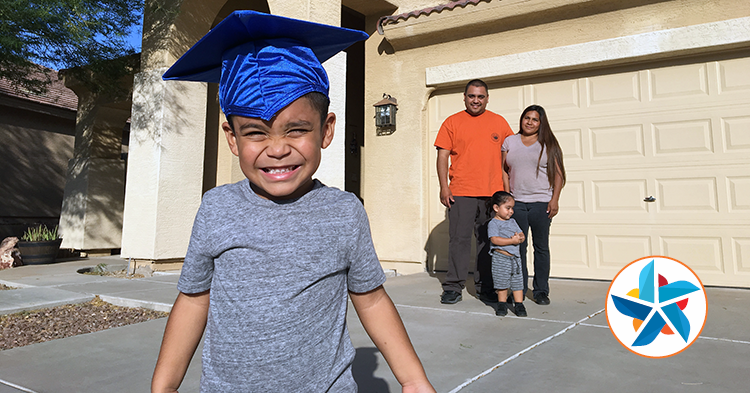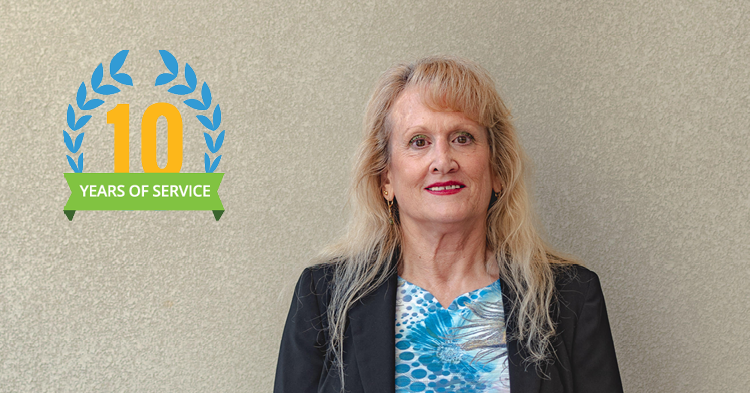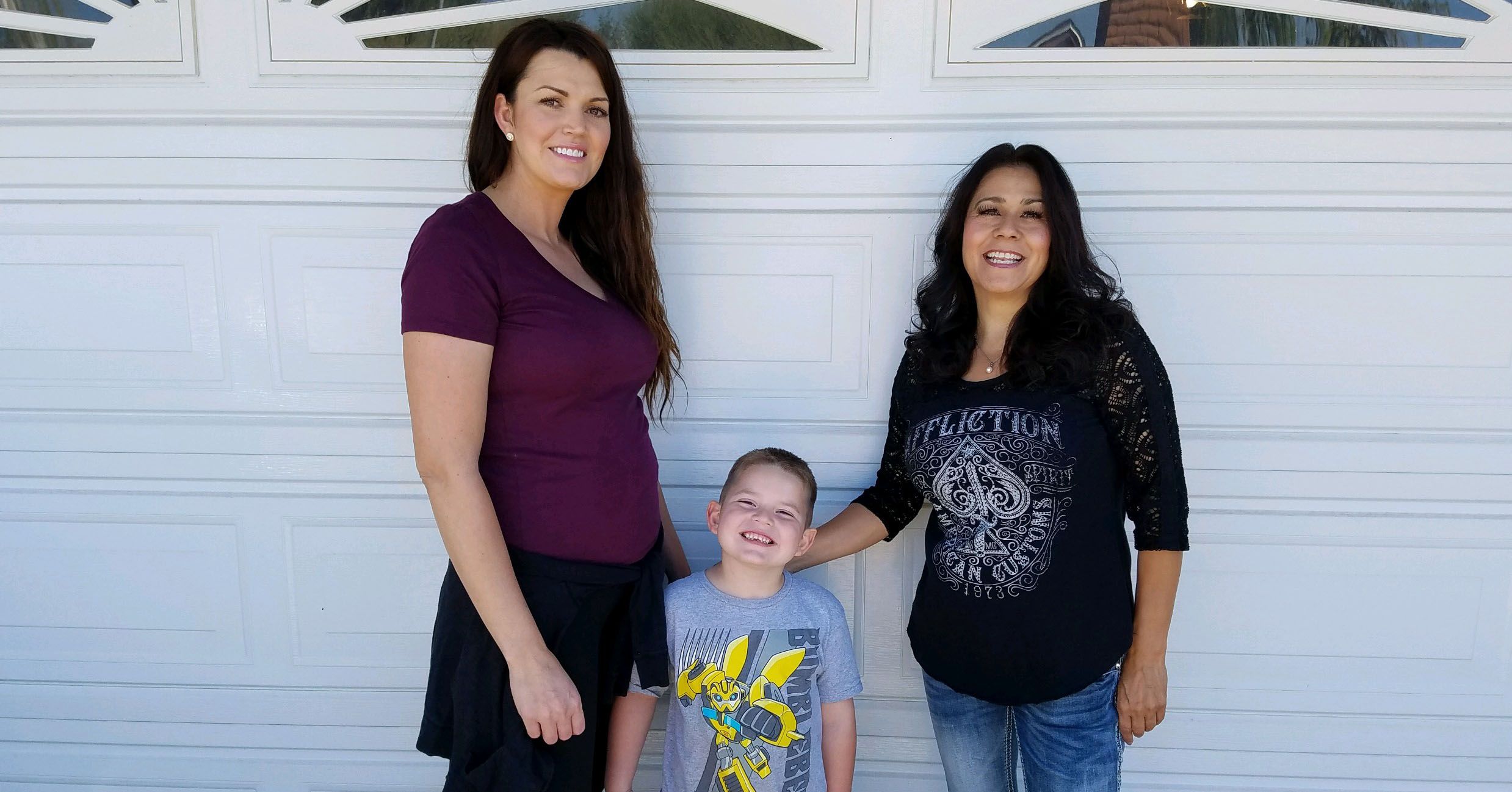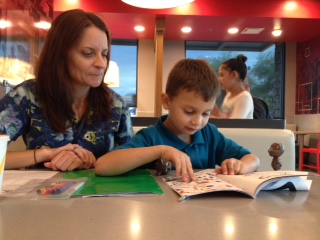
Starting with the new school year, early childhood professionals will have a greater opportunity to see how a quality early childhood education helps children be better prepared for kindergarten.
Earlier this year, a statewide Kindergarten Entry Assessment (KEA) was funded as part of Arizona’s early literacy initiatives. This mandatory assessment is completed within the first 45 days of kindergarten and covers five essential domains of school readiness:
- Language and literacy development
- Cognitive development
- Approaches to learning
- Physical well-being and motor development
- Social and emotional development
The primary goal of the assessment is to help kindergarten teachers evaluate how to best support their young students. This is especially significant in Arizona, where only about 39% of 3- and 4-year-olds attend preschool.
For those who work with children before they reach kindergarten, the assessment data is an opportunity to look at “what’s being done in the year before kindergarten, in that preschool space that can help develop these constructs,” said Lori Masseur, who leads early childhood education for the Arizona Department of Education, at a recent First Things First meeting.
“Thinking in terms of professional development, what are we doing in the pre-kindergarten space to raise that level of awareness of not only the constructs, but of strategies?” Masseur said.
The assessment data will also allow early care providers to tailor activities and supports for families of young children in their care to strengthen the core areas of kindergarten readiness.
“No matter where a child spends their first five years, whether it is in the home with their families or in a preschool setting, high-quality experiences in those years before kindergarten are critically important to laying the foundation for all future learning,” said FTF’s Chief Program Officer Amy Corriveau.
Research shows that children who have positive early childhood experiences are better prepared for school. They have been shown to have increased vocabulary; better language, math and social skills; more positive relationships with classmates; and higher scores on school readiness assessments.
Gathering the information in real-time, within the first 45 days of the school year, is crucial for a kindergarten student’s growth. It is different from the Kindergarten Developmental Inventory, which is done throughout the entire school year and is highly encouraged, but not mandated.
“Formative assessment (like KEA) provides information needed to adjust the teaching while it is happening,” said Nicole Peterson, an ADE early childhood specialist.
This type of assessment is observation-based, so teachers are not pulling the child out of the classroom for testing, but watching them as a natural part of instruction and routine. The teachers will plan activities that align to the standards that are being observed, whether it’s a whole group or small group activity.
“Through the power of observations, teachers can learn about children as they’re engaged in learning through projects, activities, lessons,” Peterson said. “And make note of where they are in their development and determine the appropriate next steps for them.”
Masseur said she sees ample opportunities to engage early childhood program administrators in using the data to support their early childhood staff with professional development.
“How do we water those seeds of opportunity?” she asked.
“Focusing on indicators of progress that describe kindergarten readiness will give early childhood professionals and families the best start at preparing their child for success on the first day of kindergarten and the rest of their academic career,” Corriveau said.








